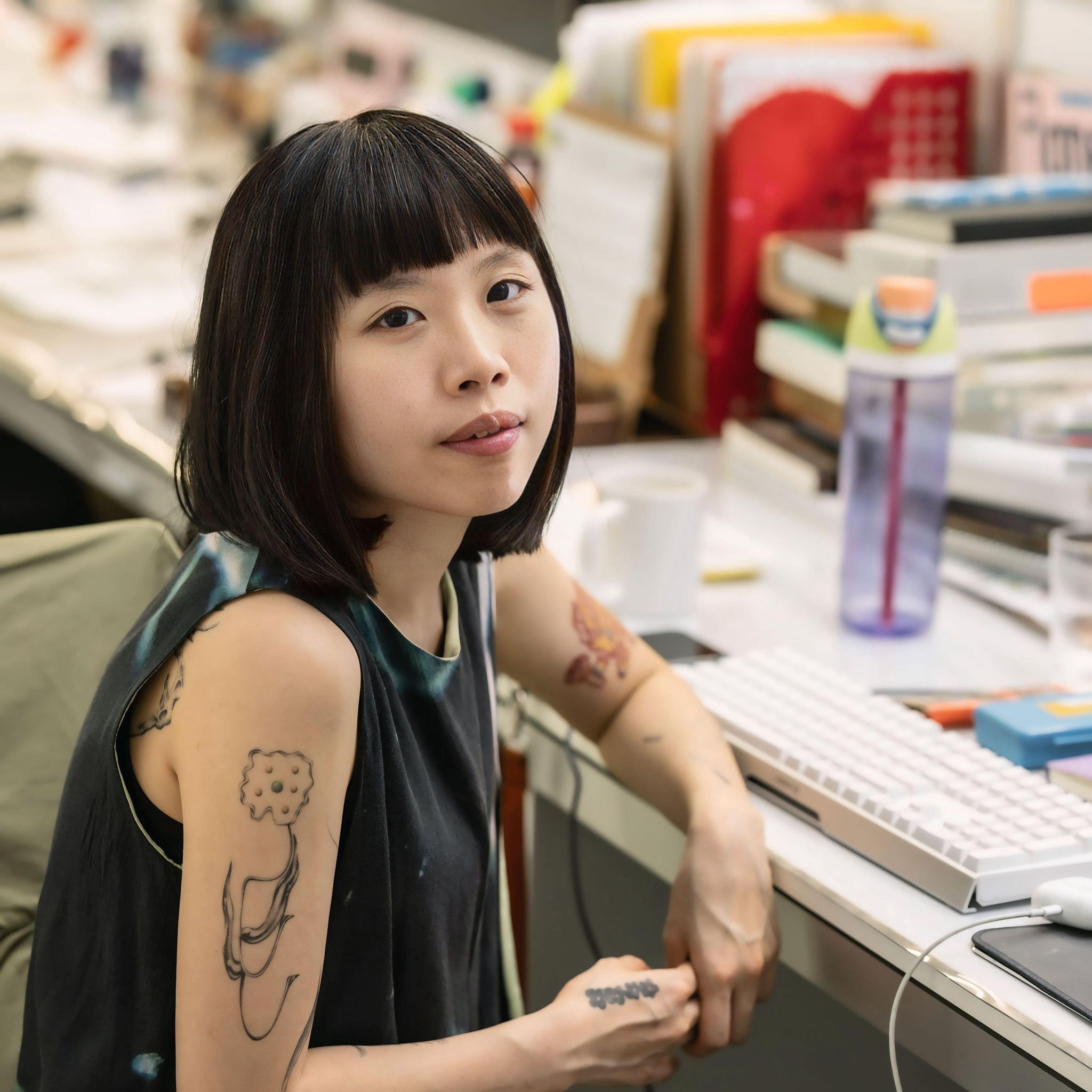Among the Asia-Pacific countries, Taiwan ranked fourth in the 2018 Global Competitiveness Report published by the World Economic Forum. The hardware manufacturing industry of Taiwan also ranked first on the influence and importance to the global IT market. Recently, the Ministry of Culture and the Taiwan Creative Content Agency (TAICCA) have listed virtual reality (VR) as one of the strategic priorities of future development. In the past few years, Taiwan has demonstrated its creative strength on VR technology in various international competitions, attracting attention from all over the globe. The Venice Film Festival edition of the magazine Variety, it also includes an article covering the latest development of Taiwan’s VR content.
In 2017, Art Basel Hong Kong worked with Google on VR projects. As for Taiwan, there have also been several VR content art projects. La Camera Insabbiata, a work by the American musician Laurie Anderson and Taiwanese new media artist Hsin-Chien Huang, has won the Best VR Experience at the Venice Film Festival. In this work, the artists used VR technology to create the experience of “flying” that takes away the sense of control with one’s body, inviting the audience into a space of emotions and memories constructed by the artists. Bodyless, another work of Hsin-Chien Huang with music arranged by Lim Giong, rocks the distinctive, traditional folk style of Taiwan. Escaping from the body of a prisoner of state, the audience is immersed in the vivid illustration of the daily social scenes of the martial law era.
Afterimage for Tomorrow is a plot-based VR work by director Singing Chen. The director creates an actual room with a dream-like ambiance where texts contemplating life and death are all over the wall. In the virtual world, within the time span of burning a match, one can record three paragraphs of memory for themselves to access before death. And in this very room, people have access to their memories stored in one’s “life archive”. Under the gaze of the audience, Shu-Yi Chou, dancer and narrator of this work, accesses his memories at the end of his life.
The VR content of Taiwan has prospered in this fertile environment and delivered outstanding performances on the international stage. Here, contemporary talents of visual art, techno art, and cinema gather to experiment with new materials and technology, exploring new discourses and models of artist-audience interaction with absolute enthusiasm and creativity.
 張玉音(Yu-Yin Chang)( 341篇 )追蹤作者
張玉音(Yu-Yin Chang)( 341篇 )追蹤作者現為恆成紙業內容品牌野点(nodate)總監,從藝文網路媒體再度回返紙質與內容生產的實驗。熟悉台灣藝文生態產業結構,並關注跨文化圈的共通困境,致力編輯感官內容的閱讀體驗。近期埋首爬梳台灣刺青產業歷史,企劃主編《刺花 Tshiah-hue》、製作《調皮 The Skin Surfing》卡帶專輯,前中年的興趣是步行、茶道和花藝。
策畫專題〈為何我們逃不出過勞?藝術行政職災自救手冊〉曾獲金鼎獎專題報導獎,曾任「典藏ARTouch」總編輯。

